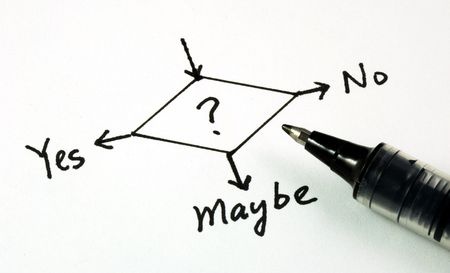3 min read
Personal Leadership Development Plan: Helping Teams Under Stress
IS YOUR TEAM UNDER STRESS?
The following is another lesson from my coaching play book about a leader whose team was...
By: Diane Ring on September 06, 2021

One sure way to enable your company to grow and achieve your goals is to have the “right people in the right seats on the bus and the wrong people off the bus” a quote made famous by organizational guru and author Jim Collins in the early 2000’s. As old as this news is, bad hires still represent one of the most vexing challenges for business leaders.
I started my talent practitioner career in recruiting in the late 90’s and have been grateful to have the skills and tools I learned then to lean on in my coaching practice. Not only has this helped me hire talent for my own business, but because 8 out of 10 times, the executives I coach, especially those who are new to a leadership role or leading a big organizational change, make changes on their team at some point in the time we are working together. Key to my client’s success is being able to rely on their team so they need the best talent they can get. Very often there is a lot of room for improvement to becoming a great hiring leader.
Fast Company reinforces this point. In their article Why Companies Make Bad Hires commissioned by Glassdoor from management consultancy the Brandon Hall Group, they found that “Companies lacking a standard interview process are five times as likely to make a bad hire.”
I have seen it make a huge difference when a leader evaluates their hiring practices and skills to determine where the gaps can too easily allow for bad hires to make it to the finish line. And then makes the right changes. Improvements can be all over the board from better interview questions, more thorough reference checking, knowing their personal bias patterns, and many others. Ed Heil, CEO of Storytellers confirms in this video how he went from good to great hiring and the difference this made for his business.
The best leaders at hiring that I have seen validate the candidate data they have collected throughout the interview process using a pre-hire assessment very strategically.
These assessments are tremendously valuable when used appropriately and strategically. Benefits include:
They provide extensive insights into candidates’ skill sets, potential blind spots, and values which will help determine their alignment with the company values and expectations for the role.
I recommend highly validated, behavioral assessments that force you to carefully think strategically about what behavioral success factors are for the role you are filling and provide insights that are tied to real business outcomes. It is critical that the assessments have reliable validity given the significant weight they contribute to the decision making process.
Most often, the assessment is best administered to your final 1 or 2 candidates. The point is not to rely on the assessment outcomes for your hiring decision but to use the insight from the assessment to shines a light on the areas you may have missed in the interviews, or information that is contradictory from what you have heard or observed in the hiring process so far. This can lead you to doing better reference checking and help you dig deeper into key competencies in final interviews.
Most hiring is done with multiple decision makers involved, each with their own set of biases, ways of interpreting the desired competencies and listening skills. These variables can contribute heavily to group think, over weighing certain factors, delay decisions, and more. If you use an assessment that matches the candidate’s data to the success factors you all agree to, it can greatly enhance the decision making process with increased objectivity and efficiency.
Most candidates appreciate you taking the hiring process seriously. They are as much at risk of making a bad decision as you are. Pre-hire assessments send a strong message that your company is committed to strong hiring practices and puts people matters as an important priority. This can be a useful differentiator if you are in a competitive market given there are many, many companies who don’t use this practice, let alone have a strong commitment to their talent.
Pre-hire assessments can become excellent frameworks for on-boarding and developing your new hire. It gives you a way to communicate your expectations, help them identify their strengths to leverage and gaps they may need to work on. Few candidates match 100% of your criteria. Knowing what your new hires gaps are allows you can to get started immediately to help them develop in those areas vs. waiting for them to cause problems for them.
As much as I value using the power of personality insight, especially the Enneagram, I don’t advocate that personality assessments to be utilized for hiring purposes for a myriad of reasons I will write about in future blogs.
People are complex and hiring talent involves a lot of moving parts. No specific hiring practices or team assessments are the end-all be-all solution for guaranteeing the perfect hire. But they sure can help you improve your odds and help you lead your business from good to great.
Have you used any pre-hire assessments? Tell us below!
Nov 4, 2021by Diane Ring
IS YOUR TEAM UNDER STRESS?
The following is another lesson from my coaching play book about a leader whose team was...
Nov 3, 2021by Diane Ring
There is nothing like a sudden change of executive leadership to trigger all kinds of personality dynamics in a team....
Nov 2, 2021by Diane Ring
More than 70% of executives are not effective at supporting new-to-role peers and managers according the Corporate...